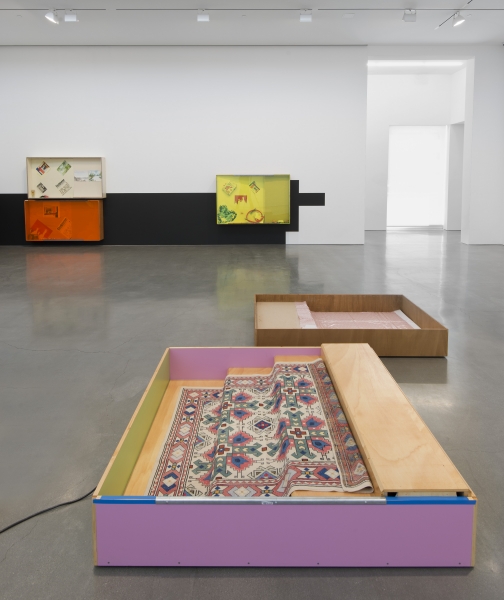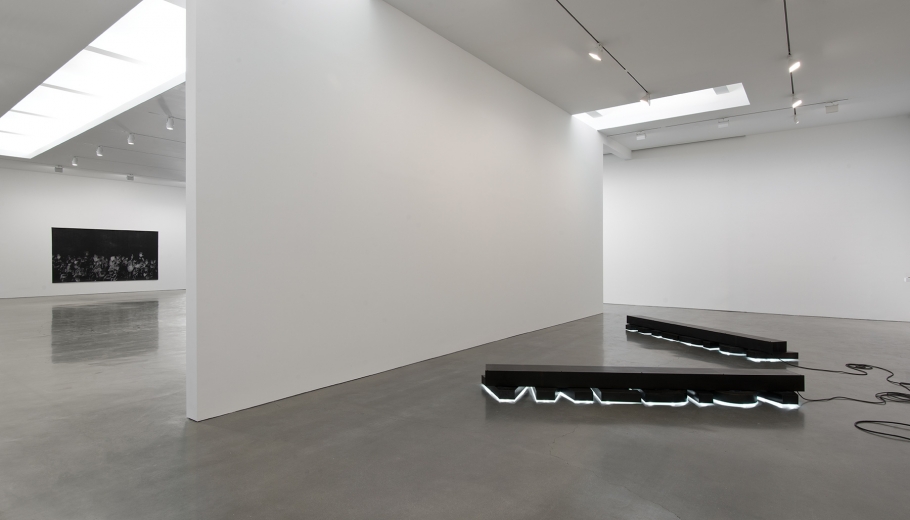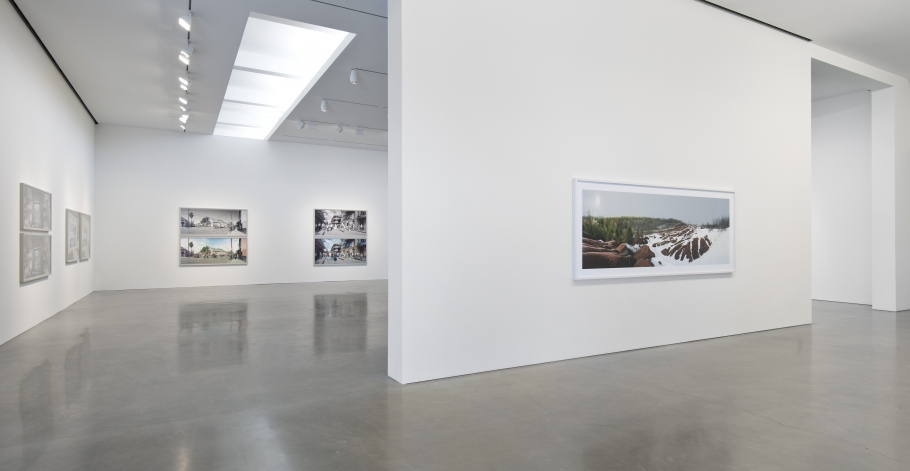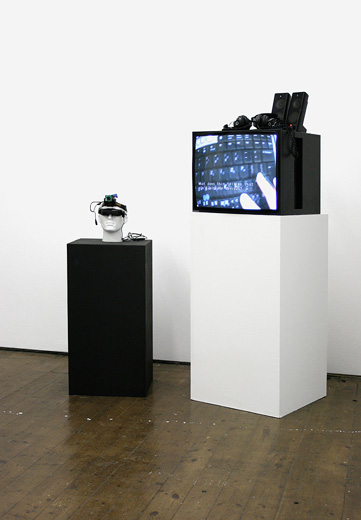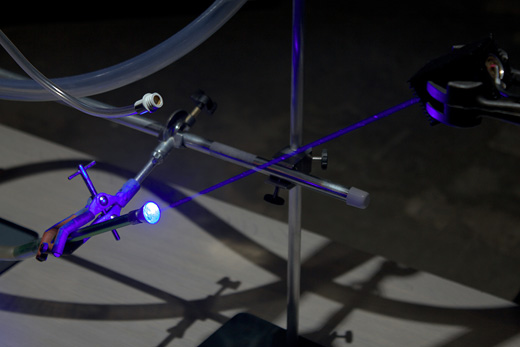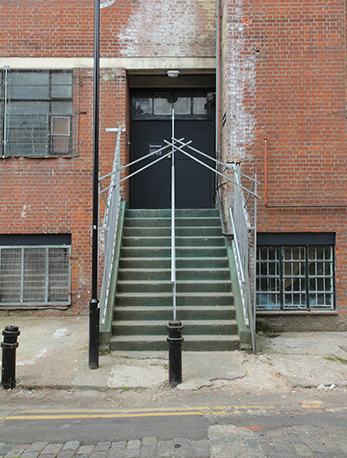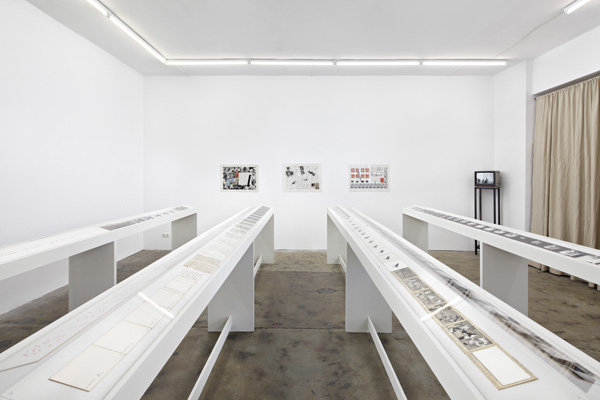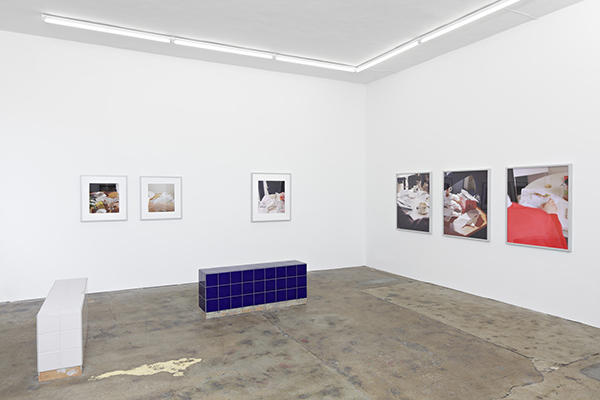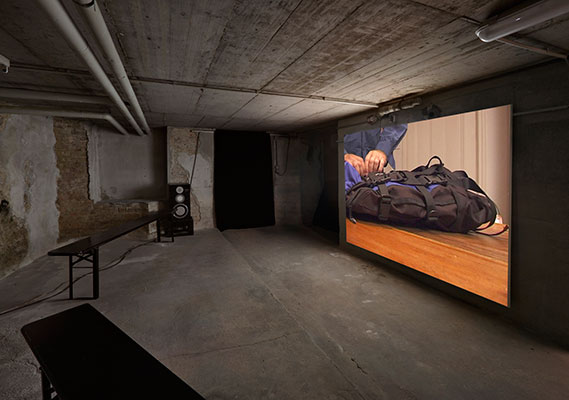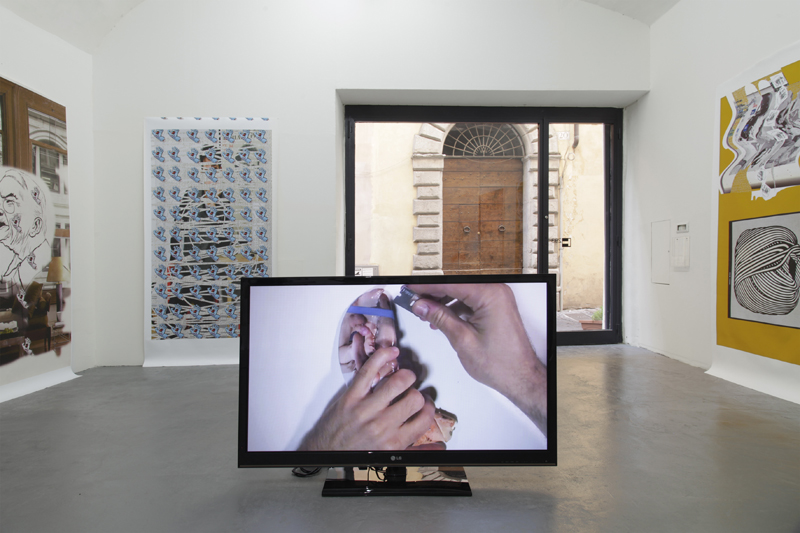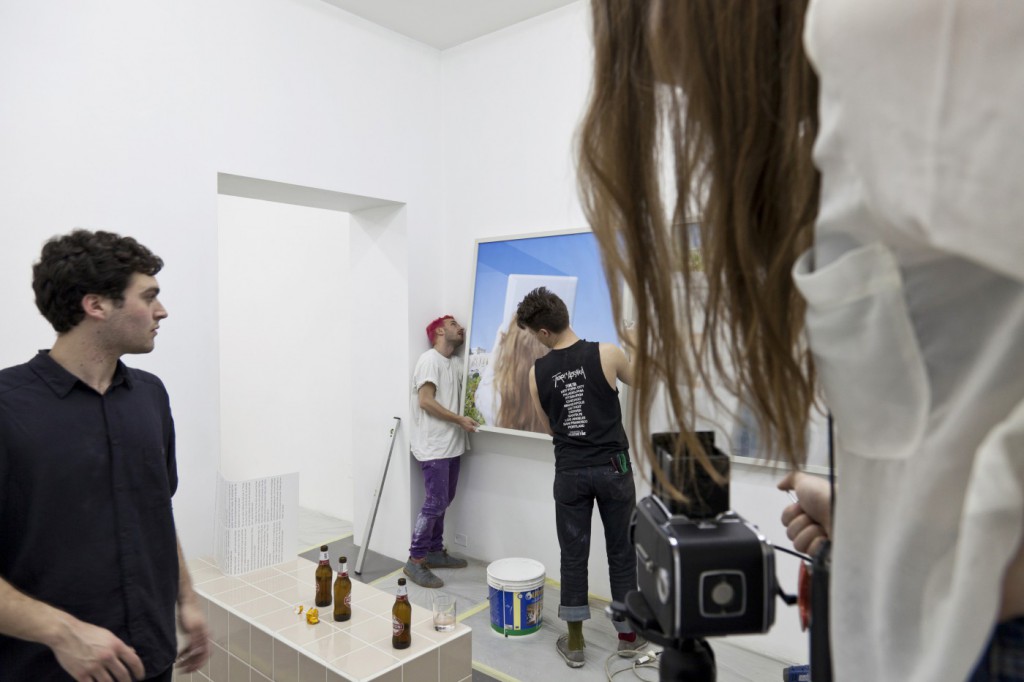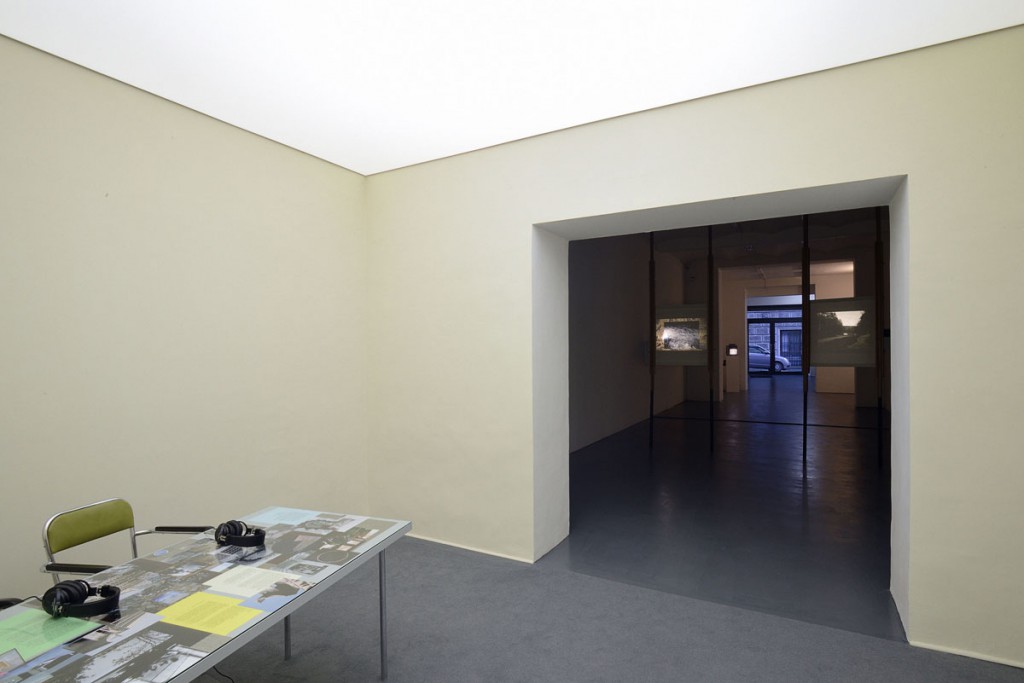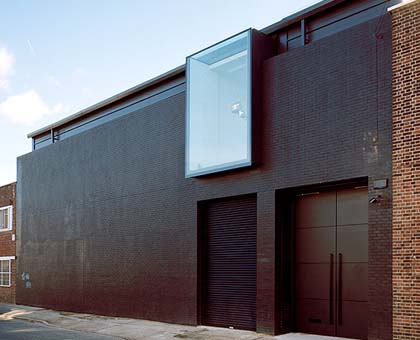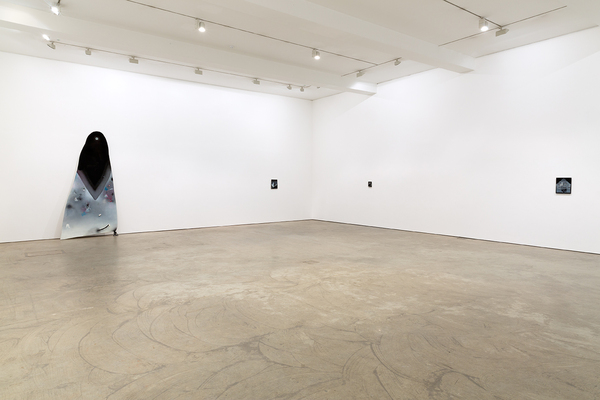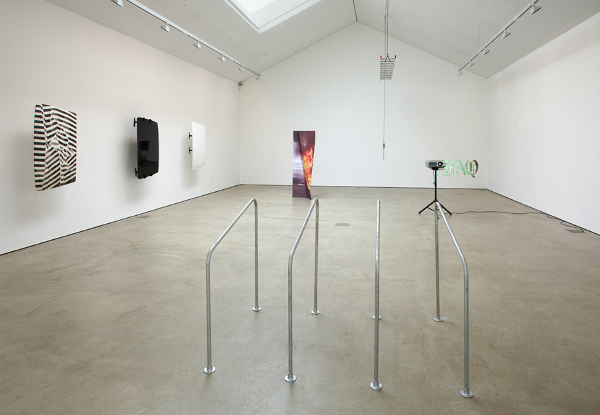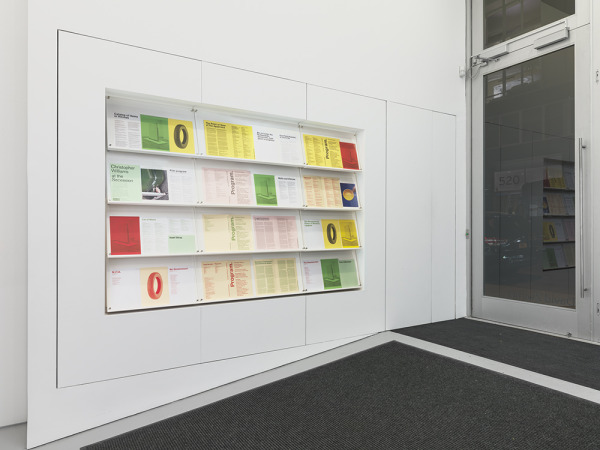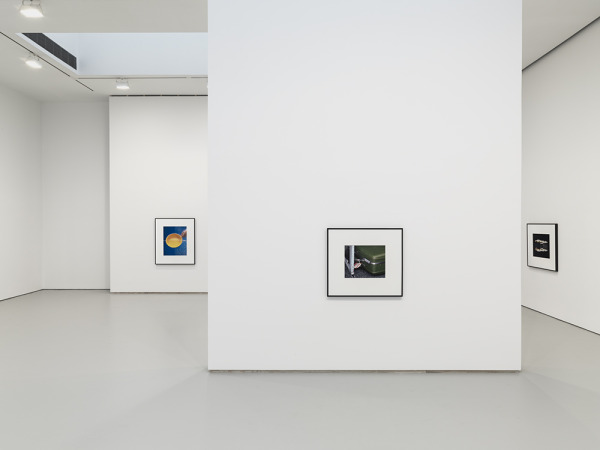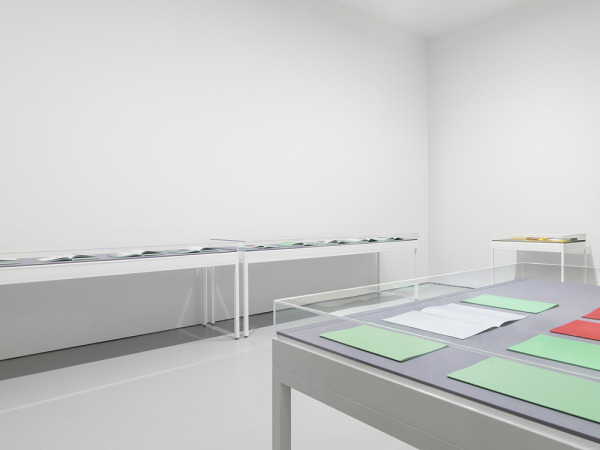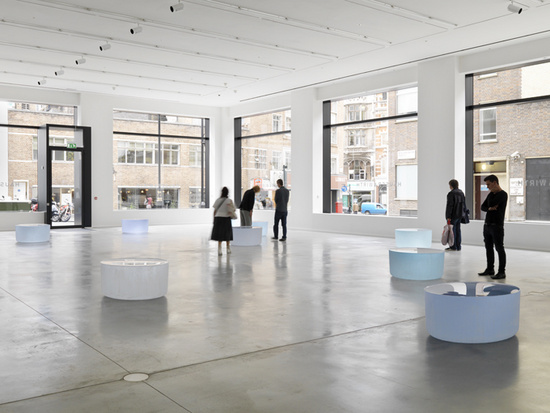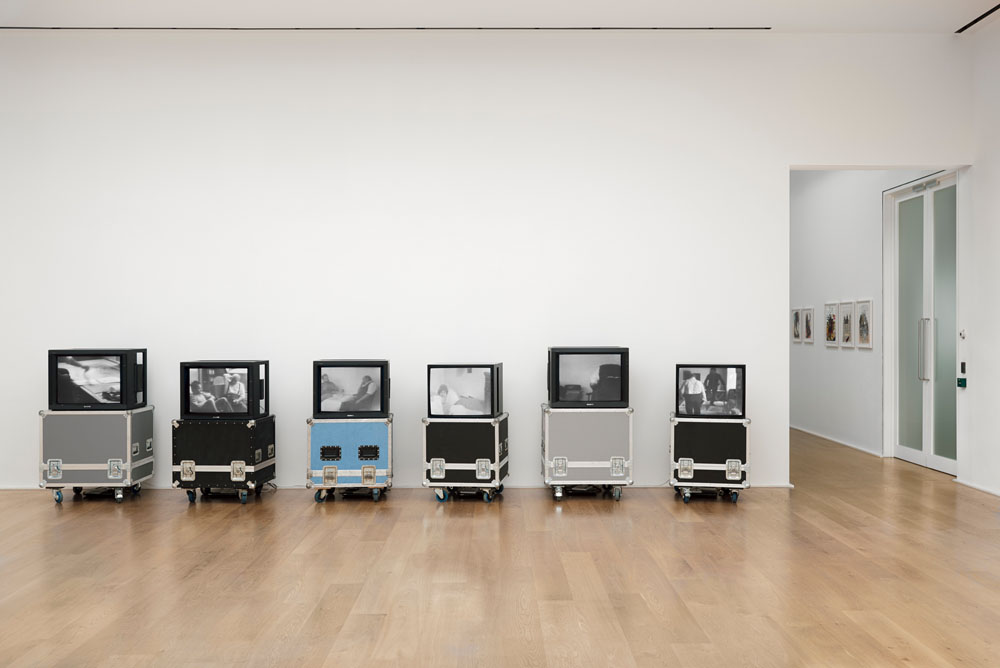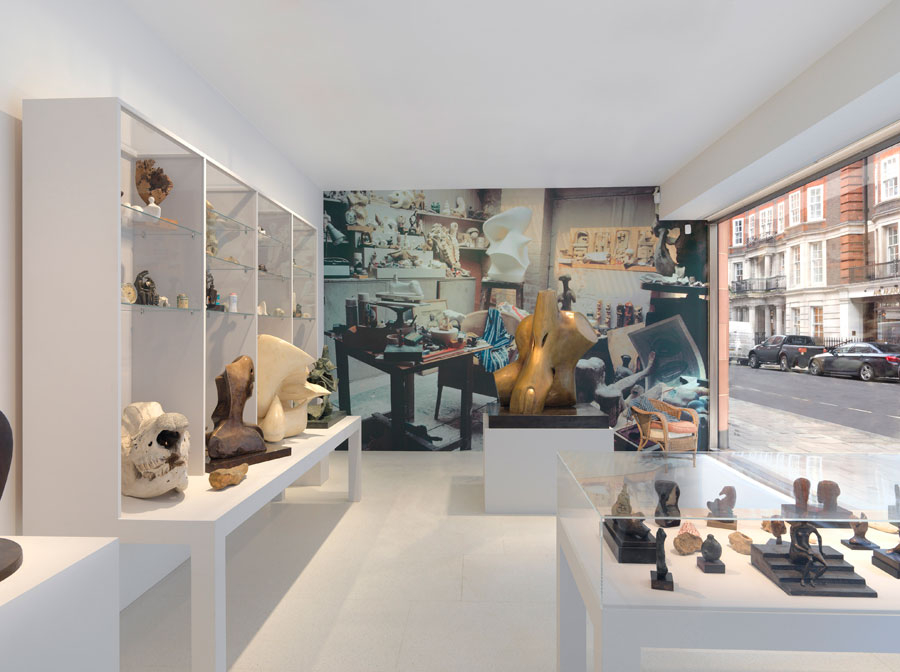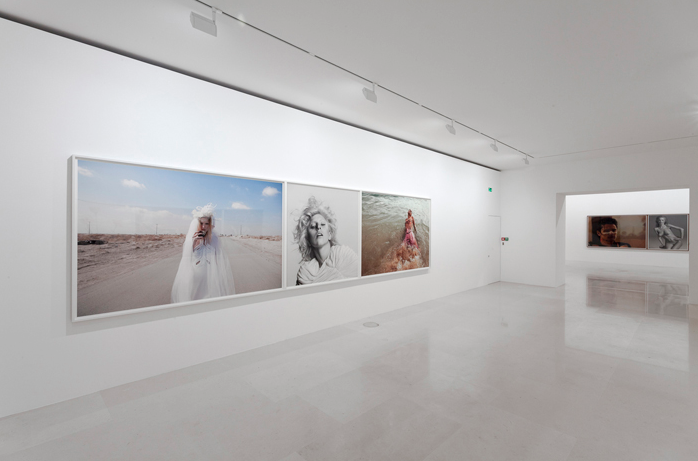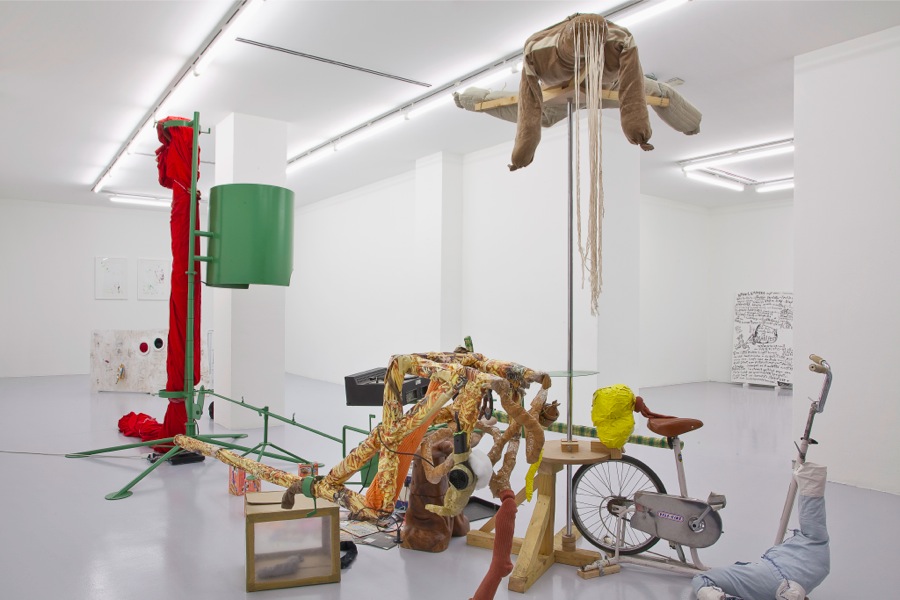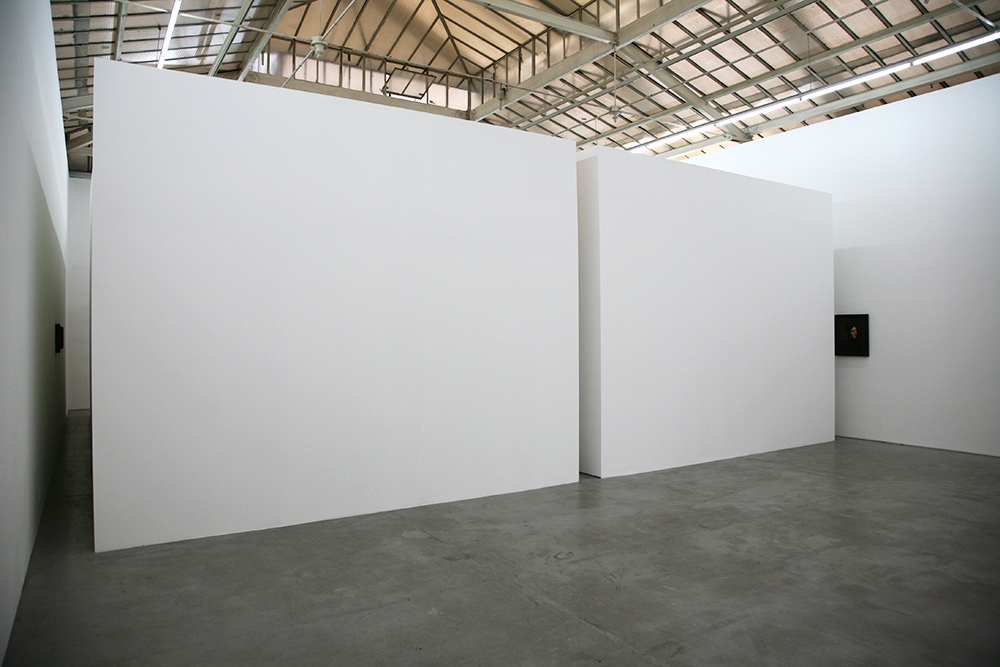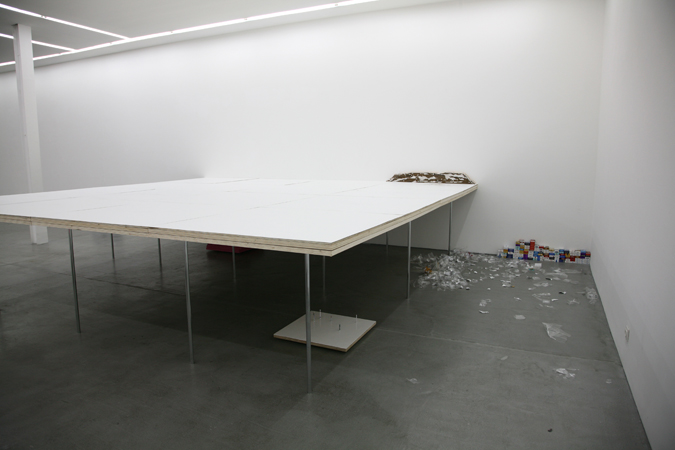“I knew about the gallery before I ever moved to the United States,” says Philippe Vergne, director of the Museum of Contemporary Art who first landed in the U.S. in 1990s. “If you look at the Los Angeles art scene, Regen Projects, together with a handful of galleries, was really the organization that promoted artists working here from my generation. They represent a group that has been extremely important: Liz Larner, Raymond Pettibon and Cathy Opie, who has been a very important to MOCA not only as an artist but as a member of the board.”
This is the gallery that gave the California-born Barney his first solo gallery show in 1991, when the artist was all of 24. And it was the first to represent L.A. artist Opie, whose elegant portraits of drag kings and S&M fetishists from the 1990s sent a gender-ambiguous lightning bolt through the world of contemporary photography. In 2004, the gallery served as the site of Glenn Ligon’s first solo gallery show in Los Angeles, an exhibition of his gritty text paintings, which borrow passages from a vast array of cultural figures, from Ralph Ellison to Richard Pryor.
The story began in the late 1980s, when Shaun Caley met Stuart Regen at an opening at the Los Angeles Municipal Art Gallery. Regen was part of an art dynasty, the son of prominent New York dealer Barbara Gladstone. He had worked at the experimental PS1 art space in New York (now part of the Museum of Modern Art) and later served as the director of the Fred Hoffman Gallery in Santa Monica. Caley, an art critic, had just landed in L.A. after a stint in Milan, where she’d served as managing editor of the magazine Flash Art. The two met for lunch. Regen offered Caley a job directing his soon-to-be-opened gallery.
“Stuart had always wanted to have an art gallery,” says Caley Regen, and the ’80s provided just the right confluence of happenings in Los Angeles. “There had been the opening of MOCA and the Broad Foundation. And there was a cluster of interesting galleries: Margo Leavin, Fred Hoffman and Daniel Weinberg.”
“We came to the idea that it would be an exciting venture and it was that simple,” recalls Weiner, who says the couple’s seriousness persuaded him that it would be the right thing to do. “It will sound pretentious, but they talked about the work and how it set a tone for the people they were trying to attract. I’d been showing in Los Angeles since the ’60s. I have very dear friends who I made projects with, from DeWain Valentine to Ed Ruscha. They saw me as an integral part of Los Angeles culture.”
A string of important shows followed: a light exhibition by James Turrell, prints by the innovative German painter Gerhard Richter and participation in a three-gallery tribute to Nicholas Wilder, an L.A. dealer who had helped foster the careers of painter David Hockney and minimalist sculptor John McLaughlin.
The gallery’s biggest coup, however, came in May 1991, with the first solo gallery exhibition by Barney, who would become one of the definitive artists of the decade. The show was a fusion of performance, sculpture, installation and photography. There were objects related to sports (a football jersey) and sex (bondage belts), as well as a metal cooling chamber that harbored an exercise bench sculpted out of petroleum jelly. The exhibition was a surreal examination by the former athlete of the cult of the body in relation to athletics.
“Stuart had seen his work in New York and was blown away,” remembers Caley Regen. “It was indescribable, so protean. He was using materials people hadn’t used: medical things, sports things, the body. I thought it was amazing.”
The show received a glowing write-up in industry bible Artforum. Kristine McKenna, who reviewed the show for this paper, described it as “rivetingly weird,” an installation that drew vital attention “to the complex and fragile interplay between spirit and flesh.”
“You put these things out in the world,” she says. “If you show great art, people will come to you.”
